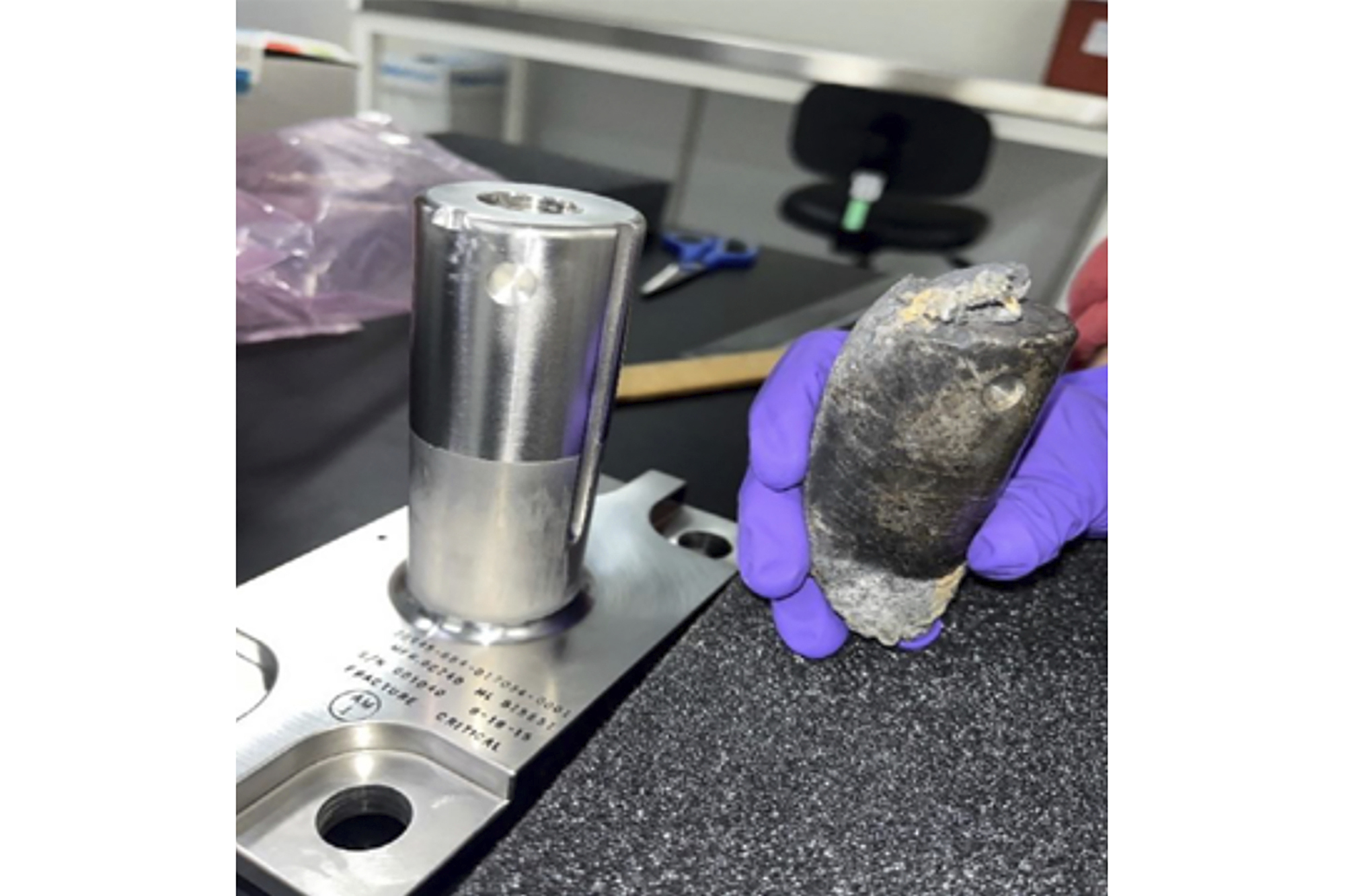The drought crisis in California has been well-documented, with few viable solutions ready to go for the state’s water-intensive agriculture business and thirsty residents.
State lawmakers are weighing one option- an $11 billion water bond- that if approved by voters this fall, would shell out taxpayer money for infrastructure projects, surface and groundwater storage, water recycling, drought relief, watershed protection in the Bay-Delta Estuary and a host of other items.
The catch?
Governor Jerry Brown says the plan is inefficient and unnecessarily expensive. Instead, California’s top politico would like to substitute that ballot measure with his own $6 billion version.
In a recent letter to voters, Brown called his plan, “a no-frills, no-pork water bond that invests in the most critical projects without breaking the bank.”
But many folks in the environmental community aren’t buying this claim.
Among them, Jonas Minton, a former deputy director of the California Board of Water Resources, who now advocates on behalf of the Planning and Conservation League for “a balanced approach” to the drought crisis that incorporates conservation, water recycling and less emphasis on building capacity for water storage (like dams).
U.S. & World
In reference to the governor’s plan, Minton called it “carte blanche,” which in French simply means, a blank check.
“The governor’s bond plan would take $2 billion of taxpayer funds and give it to an unelected panel of his political appointees for whatever kinds of dam projects they chose,” lamented Minton. “This money, unprecedented, would not go through the general fund process. It would go to this unelected panel of Brown political appointees to spend as they saw fit.”
A closer look at the governor’s official plan, available here, reveals that indeed there is a $2 billion line item for storage, which is described only as “continuous appropriation for water storage projects.”
Bottom line- this is $2 billion that would go to a water commission overseen by unelected officials and would not be managed by the legislature.
So, does this mean voters really are getting bilked?
“That’s not the question,” explained NBC Bay Area Political Analyst Larry Gerston. “The question is, does someone feel that it’s a mistake for this money- any amount- to be used for the construction of dams? That’s a legitimate question, and there are differences of opinion. But the fact that it goes through nonelected communities, or various sorts, should not be the real issue here.”
Gerston says funneling such funds through a nonelected entity is not unprecedented. An example, he added, would be revenues raised through various state tobacco taxes, which never go through the hands of the legislature.
As for Minton and his environmental coalition’s other major concern, that Jerry Brown would divert some of this money to help feed “big agriculture” interests and pave the way for his long-term vision, dual tunnels connecting Northern and Southern California, is there truth there?
Gerston says on this point there’s reason for skepticism.
“It’s hard to know [how the money will be spent] until we see exactly where all those dollars are allocated, how they’re going to be spent and for what specific projects,” said Gerston. He agreed that the governor’s plan is “bare-boned,” leaving plenty of room for interpretation as to how taxpayer dollars will be spent.
“But we do know one thing,” Gerston continued, “that amount of money [in question], $700 million, is going to go nowhere near what needs to be spent for peripheral tunnels, which most people suggest is a $25 billion project.”
Governor Brown’s office, for its part, says accusations that the administration would funnel money to a tunnel project without voter knowledge or approval is flat wrong.
Spokesperson Jim Evans responded to NBC Bay Area by email, and noted, “I can confirm that the $700 million for watershed protection and restoration is not intended to be used to further the twin tunnels.”
The reality is that there’s nothing in the governor’s outline proving any money will go to the massive water tunnel project.
Still, both Gerston and Minton agree the plan is hardly chocked-full of information.
“The governor put out a one-page description of how to spend $6 billion,” Minton quipped. “The saying is, ‘the devil’s in the details.’ And the details we have seen show that yes, the water would go to those [special] interests.”



